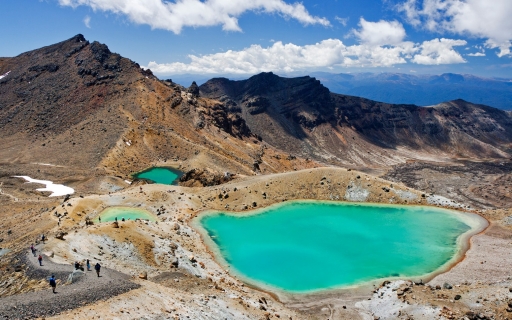Whangarei Climate by Month
Temperatures in Whangarei experience a moderate degree of variance through the seasons.
Days can be warm, while the cooler months tend
to be mild.
It also experiences much rainfall throughout the year.
Now, let’s explore all the climate details to give you a full picture.
Average day and night temperature
The weather in Whangarei changes moderately throughout the year, offering enough variation to appreciate each season. Average daytime temperatures reach a comfortable 24°C in February. In July, the coolest month of the year, temperatures drop to a moderate 16°C. At night, expect cooler temperatures, averaging 9°C during this month.
The mean minimum and maximum temperatures throughout the year
Precipitation and rainy days
Whangarei has a notably wet climate with abundant precipitation, recording 1049 mm of rainfall per year. Whangarei experiences moderate seasonal variation in rainfall, with monthly averages ranging from 120 mm in July, the wettest month, and 72 mm in November, the driest month.The mean monthly precipitation over the year, including rain, hail and snow
Average humidity
The relative humidity is high throughout the year in Whangarei.
Relative humidity over the year
The best time of year to visit Whangarei in New Zealand
During the months of January, February, March, April, November and December you are most likely to experience good weather with pleasant average temperatures that fall between 20°C and 26°C.Other facts from our historical weather data:
February has an average maximum temperature of 24°C and is the warmest month of the year.
The coldest month is July with an average maximum temperature of 16°C.
July tops the wettest month list with 120 mm of rainfall.
November is the driest month with 72 mm of precipitation.
No idea where to travel to this year? We have a tool that recommends destinations based on your ideal conditions. Find out where to go with our weather planner.




